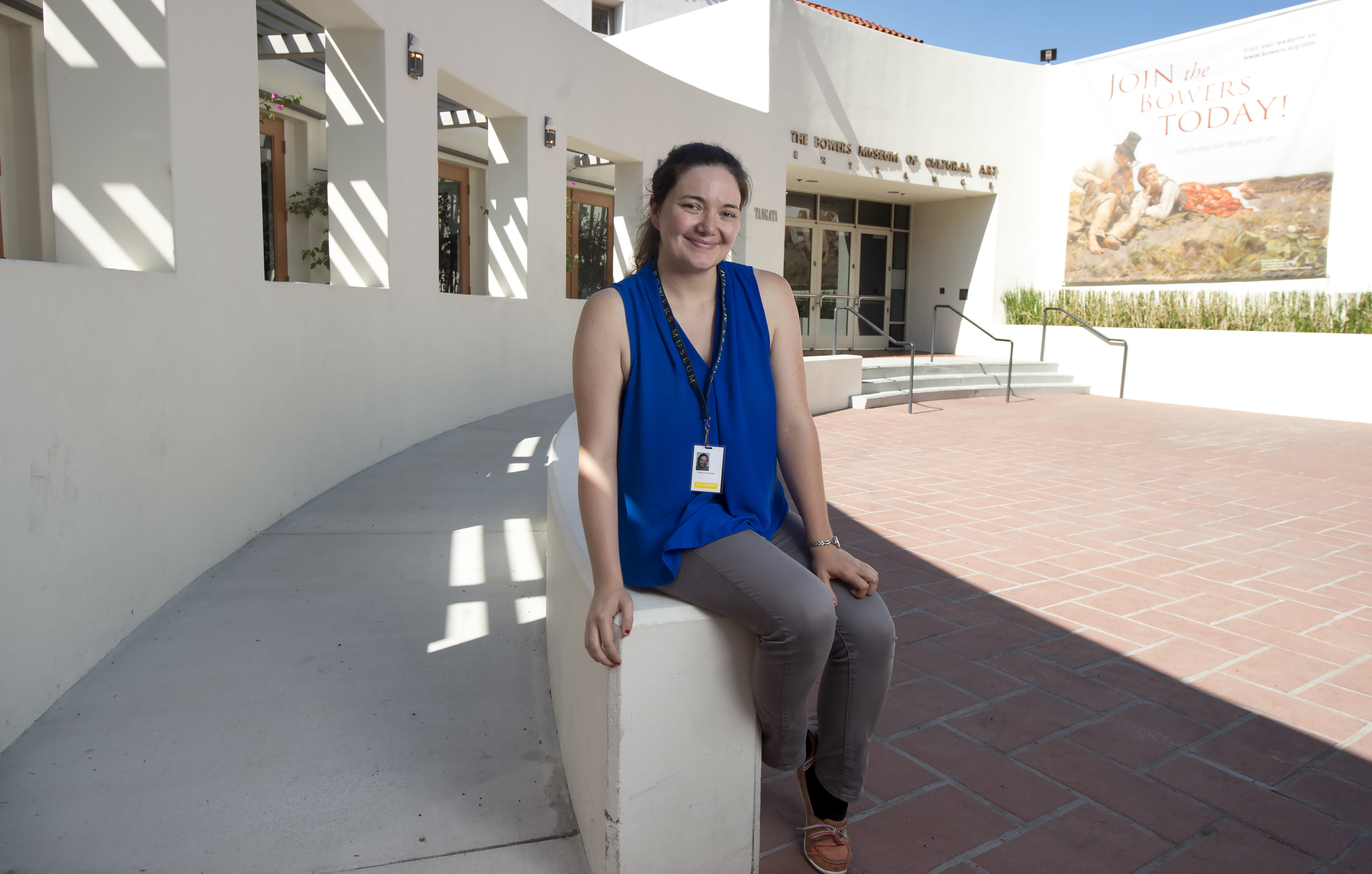Fragile mega-galaxy is missing link in history of cosmos
Two hungry young galaxies that collided 11 billion years ago are rapidly forming a massive galaxy about 10 times the size of the Milky Way, according to UC Irvine-led research published Wednesday in the journal Nature.
Irvine, Calif. – Two hungry young galaxies that collided 11 billion years ago are rapidly forming a massive galaxy about 10 times the size of the Milky Way, according to UC Irvine-led research published Wednesday in the journal Nature.
Capturing the creation of this type of large, short-lived star body is extremely rare – the equivalent of discovering a missing link between winged dinosaurs and early birds, said the scientists, who relied on the once-powerful Herschel space telescope and observatories around the world. The new mega-galaxy, dubbed HXMM01, “is the brightest, most luminous and most gas-rich submillimeter-bright galaxy merger known,” the authors write.
HXMM01 is fading away as fast as it forms, a victim of its own cataclysmic birth. As the two parent galaxies smashed together, they gobbled up huge amounts of hydrogen, emptying that corner of the universe of the star-making gas.
“These galaxies entered a feeding frenzy that would quickly exhaust the food supply in the following hundreds of million years and lead to the new galaxy’s slow starvation for the rest of its life,” said lead author Hai Fu, a UC Irvine postdoctoral scholar.
The discovery solves a riddle in understanding how giant elliptical galaxies developed quickly in the early universe and why they stopped producing stars soon after. Other astronomers have theorized that giant black holes in the heart of the galaxies blew strong winds that expelled the gas. But cosmologist Asantha Cooray, the UC Irvine team’s leader, said that they and colleagues across the globe found definitive proof that cosmic mergers and the resulting highly efficient consumption of gas for stars are causing the quick burnout.
“Finding this type of galaxy is as important as the discovery of the archaeopteryx was in understanding dinosaurs’ evolution into birds, because they were both caught at a critical transitional phase,” Fu said.
The new galaxy was initially spotted by UC Irvine postdoctoral scholar Julie Wardlow, also with Cooray’s group. She noticed “an amazing, bright blob” in images of the so-called cold cosmos – areas where gas and dust come together to form stars – recorded by the European Space Agency’s Herschel telescope with important contributions from NASA’s Jet Propulsion Laboratory in Pasadena. “Herschel captured carpets of galaxies, and this one really stood out.”
Follow-up views at a variety of wavelengths were obtained at more than a dozen ground-based observatories, particularly the W. M. Keck Observatory in Hawaii. UC Irvine graduate student Jae Calanog is co-author of the paper, as are scientists at 27 other institutions in the U.S., Canada, Spain, France, England and South Africa. Funding was provided by NASA.
About the University of California, Irvine: Founded in 1965, UCI is a top-ranked university dedicated to research, scholarship and community service. Led by Chancellor Michael Drake since 2005, UCI is among the most dynamic campuses in the University of California system, with more than 28,000 undergraduate and graduate students, 1,100 faculty and 9,400 staff. Orange County’s second-largest employer, UCI contributes an annual economic impact of $4.3 billion. For more UCI news, visit wp.communications.uci.edu.
News Radio: UCI maintains on campus an ISDN line for conducting interviews with its faculty and experts. Use of this line is available for a fee to radio news programs/stations that wish to interview UCI faculty and experts. Use of the ISDN line is subject to availability and approval by the university.
